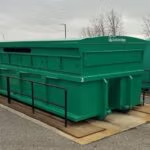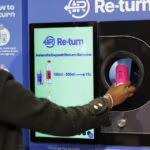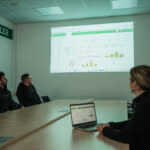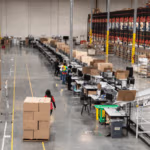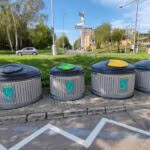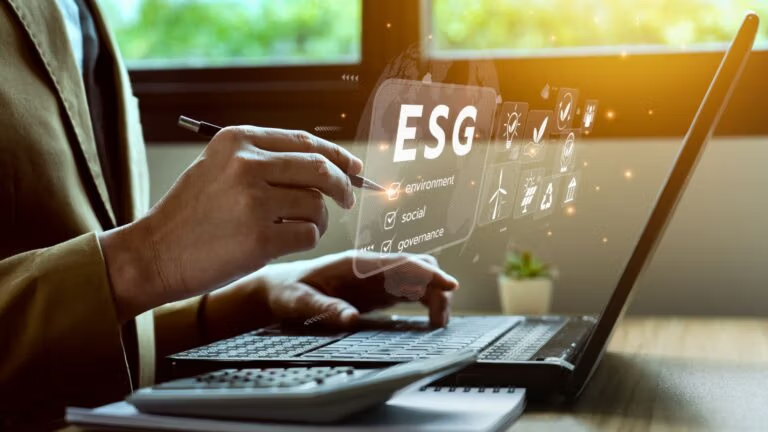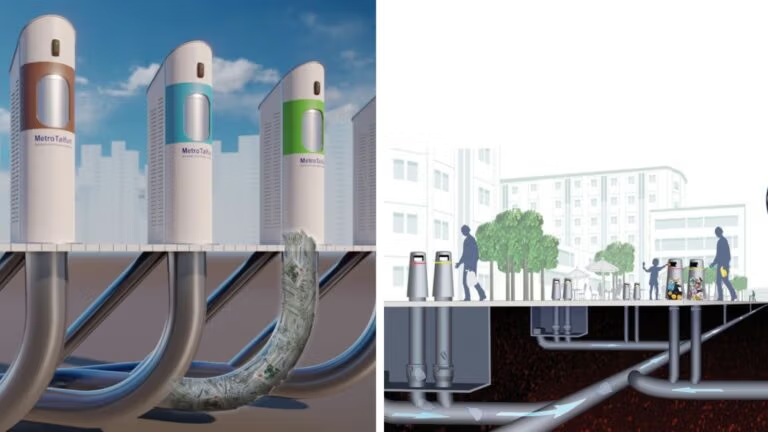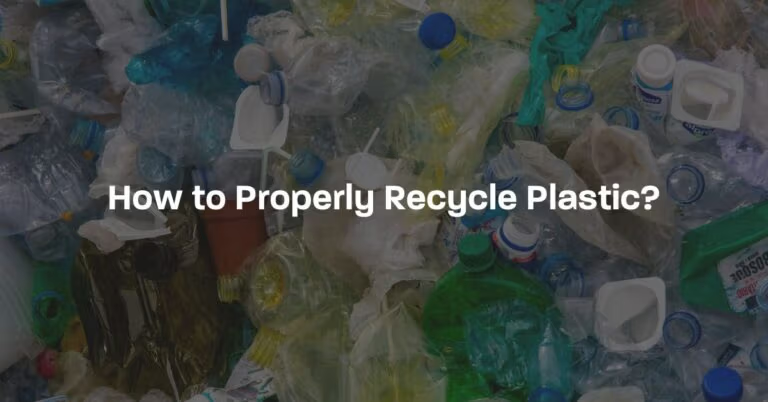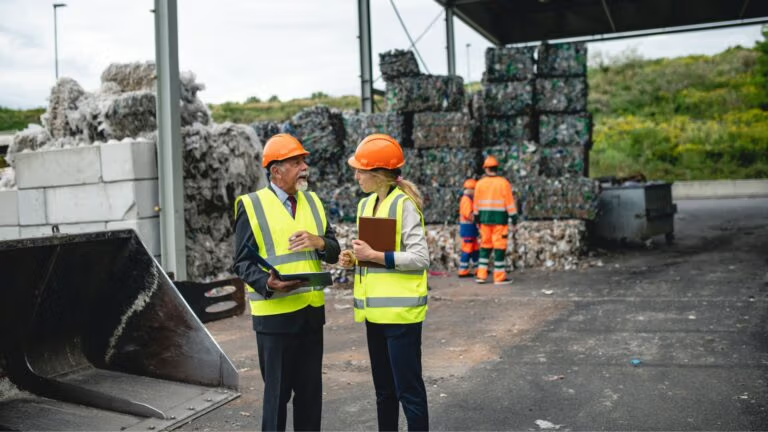5 Strategies to transform waste management on campuses
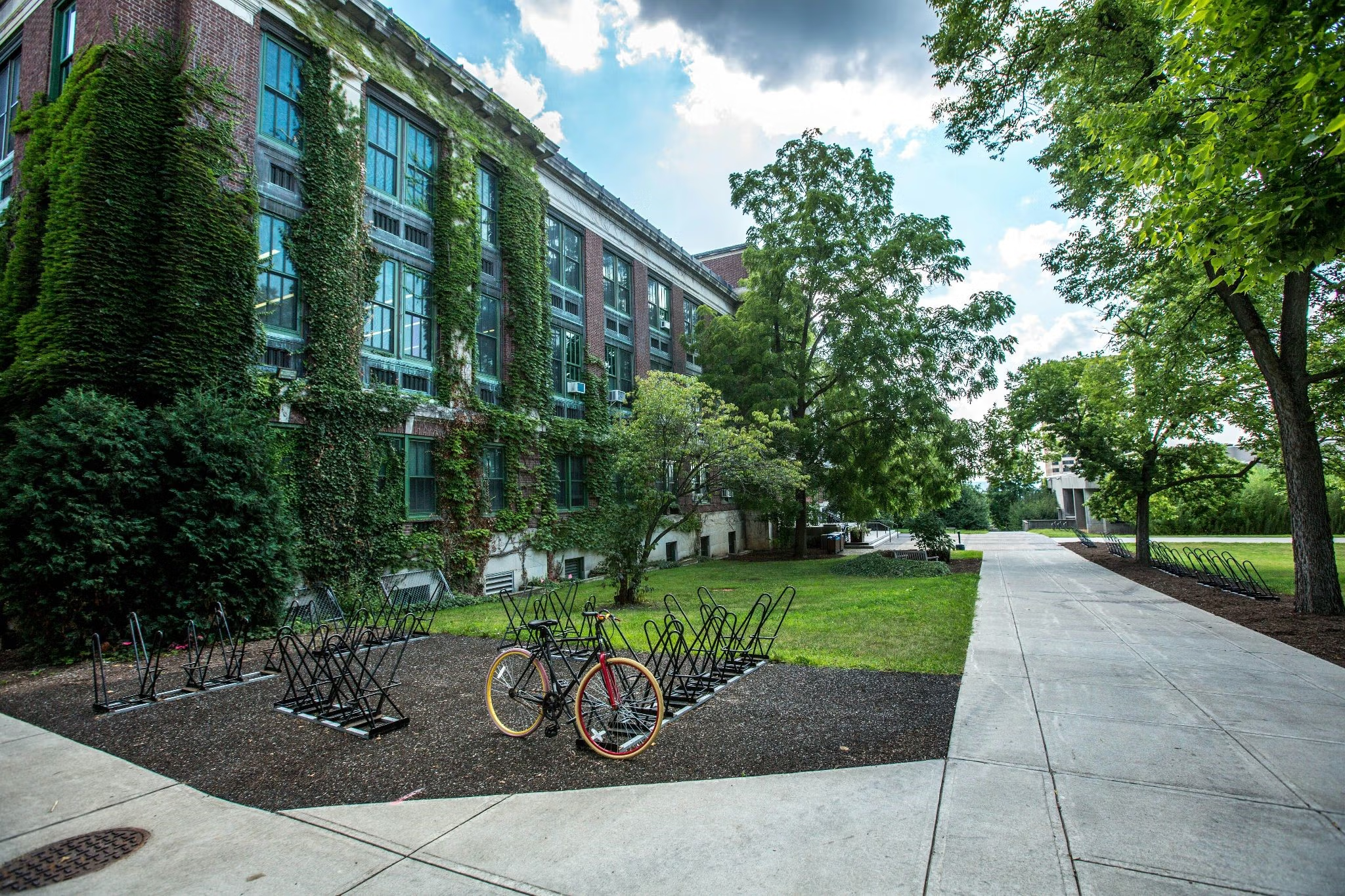
All of us try to keep our homes clean, but having clean campuses is also important, as for many students, the campus is their second home. Unfortunately, most of the campuses struggle with almost the same waste management problems, unable to efficiently make positive changes. Let’s see what the problems are and how to promote campus sustainability.

Some of the common problems:
- Inefficient cost management
Inefficient waste management leads to higher fuel costs, more labor hours, and increased maintenance, all of which strain budgets. One of the examples are frequent pickups of partially filled bins resulting in unnecessary expenses.
- Overflowing bins
Overflowing waste bins not only create an unattractive campus environment but also contribute to the contamination of recycling streams, as people stop sorting their waste and instead dispose of it in the nearest empty bin, regardless of the intended sorting stream. Additionally, overflowing bins can attract pests such as rats and insects, and trash can be easily blown around by the wind.

- Reaching zero waste goals
Poor waste sorting, low waste diversion rate, and high contamination rates make achieving zero waste goals difficult. When recyclables are mixed with non-recyclable materials, it reduces the efficiency of recycling programs and increases the amount of waste sent to landfills.
- No visibility into hauler operations
A lack of visibility into hauler services means there is no way to verify completed pickups or track missed collections. This leads to operational inefficiencies, such as uncollected waste.
- Waste data reporting
Decisions based on unreliable waste data can compromise the accuracy of sustainability reporting and hinder effective strategic planning. Without reliable data, it’s difficult to track progress toward waste reduction goals, identify inefficiencies, or optimize collection schedules. Inconsistent or incorrect data can also lead to poor decision-making.

University sustainability and effective waste management also contribute to students’ well-being. Students living in poor environments and exposed to aesthetically unpleasing campuses can easily develop stress and mental health issues. Conversely, a well-maintained space promotes a sense of calm, allowing students to focus on their studies and feel more at ease. Luckily for us, technology is improving year by year, and with its use, we can achieve better results. Let’s explore five transformative strategies for effective waste management on university campuses to solve these problems:
1. Waste Fill Level Monitoring:
Monitoring bin fill levels helps ensure effective waste management on campuses by preventing overflowing bins and reducing the need for unnecessary pickups. By using sensors or real-time data to track the capacity of bins, campus staff can make timely decisions about when they need to be emptied. Overflowing bins not only create an unsightly environment but also pose significant health risks, as they attract pests and other animals that can carry diseases, creating unsafe conditions for students living on campus. Reducing the frequency of unnecessary pickups helps manage waste disposal costs while also lowering the carbon footprint associated with collection trucks. By keeping bins properly monitored and serviced, campuses can maintain a cleaner, safer, and more pleasant environment for everyone.

2. Facility Waste Management:
In modern university waste management, scanning bin QR codes and utilizing an app during pickups and disposal have become special tools for improving efficiency and sustainability. By scanning QR codes attached to each bin, waste management teams can quickly access detailed information, including bin location, fill levels, and collection schedules. The use of an app also allows for real-time tracking of waste metrics, such as the weight of collected trash and the levels of contamination in recycling bins. Tracking the weight helps campuses monitor their waste output, providing insights into waste generation patterns and opportunities to reduce overall waste. The integration of these technologies supports more data-driven decision-making, leading to optimized collection routes, reduced operational costs, and a more sustainable waste management system on campus.

3. Bin Access Management:
The key advantage of bin access management is that it ensures only authorized individuals can use the bins, making remote management both simple and adaptable for any type of bin. This system is essential for campus waste management, as it helps reduce contamination by ensuring that residents responsible for sorting place the correct materials in the appropriate bins. It also prevents unauthorized dumping, which is common when bins are placed in public areas. Not only do people sometimes dispose of the wrong waste, but theft can also occur in cases of textile or used cooking oil bins. Additionally, bin access management connected to the sensor devices helps control overflow and keeps the campus cleaner and more organized.

4. Rightsizing :
Rightsizing waste infrastructure on campuses is essential for optimizing efficiency and reducing costs. By using real-time data to track how quickly bins are filling, universities can make informed decisions about adjusting the number, capacity, and placement of waste containers. This process allows facilities and premises to better align waste management resources with actual usage patterns, ensuring that dumpsters aren’t overflowing or sitting underutilized. Overflowing bins not only lead to unsightly campus conditions but also result in higher costs due to overage fees and the need for more frequent pickups. Furthermore, strategically placing bins in high-traffic areas or redistributing capacity can optimize pick-up schedules, reducing fuel consumption and emissions associated with waste collection trucks.

5. Route planning:
Route planning can be effectively applied to waste collection on campuses, improving efficiency by using waste monitoring data. Campuses can better plan collection routes to match the actual needs of their waste infrastructure. The Sensoneo Driver Navigation App allows operators to send scheduled routes directly to drivers, who then receive detailed itineraries with step-by-step, voice-guided navigation. These routes are optimized to ensure they are not only the shortest but also the safest and most accessible for waste collection vehicles. This optimized route planning helps to minimize the environmental impact of waste collection by reducing unnecessary trips, which lowers noise pollution, cuts down air pollution from trucks, and reduces traffic congestion. By ensuring efficient and timely waste pickups, the app supports a cleaner and more organized campus environment, improving both operational efficiency and the overall sustainability of the university.

If you’re ready to implement these strategies and achieve sustainability at your university while avoiding the common problems mentioned, Sensoneo is here to help. Our innovative waste management technology enables you to track, optimize, and significantly reduce your environmental impact, making sustainability easier to achieve.
Latest waste library articles

ESG Reporting made clear: Compliance & best practices
Factory Waste Management
The 3 essentials of an automated vacuum waste collection system
Waste Collection
How to properly recycle plastic
How to recycle?
The Evolution of EPR Compliance and PRO Software Systems
EPR Compliance, Extended Producer Responsibility (EPR)
Smart Waste Newsletter
Get monthly updates from our company and the world of waste!


